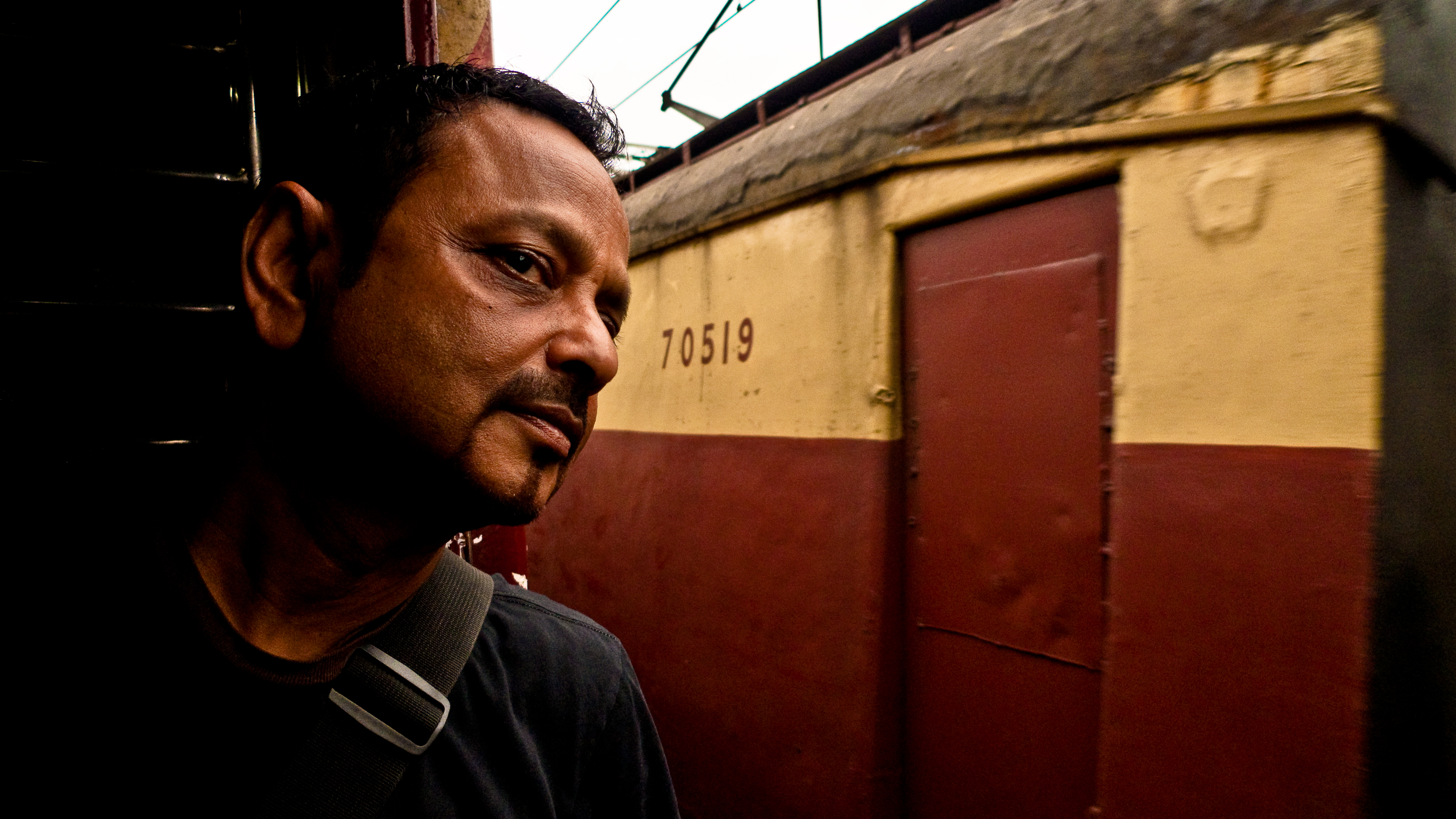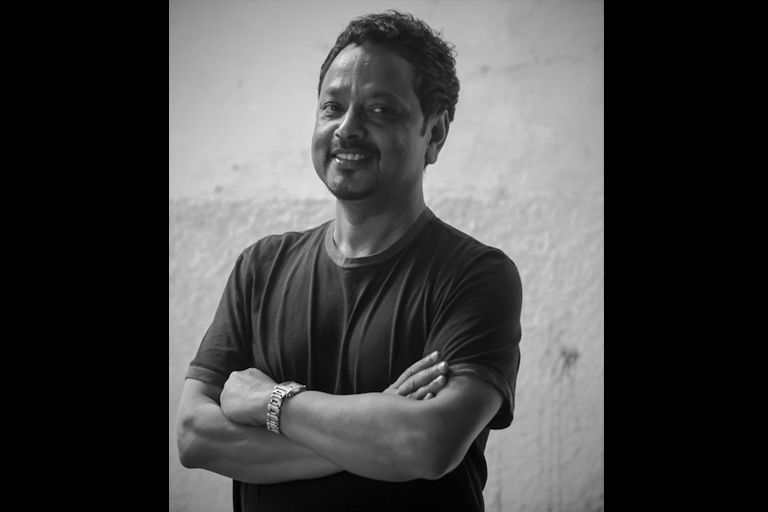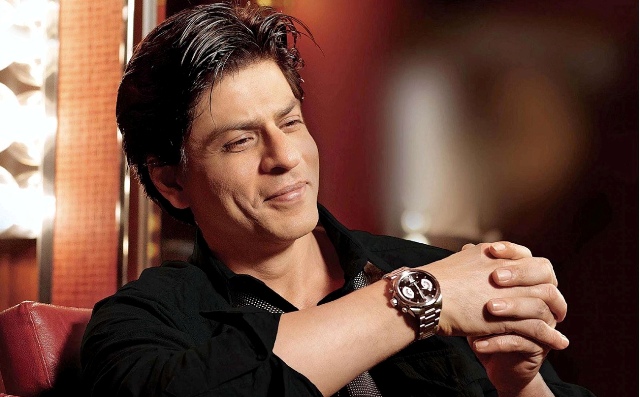Gyan Prakash is a professor of history at Princeton University. His book Mumbai Fables, on which movie Bombay velvet is based, is an exploration of the shifting imaginations of Mumbai over its colonial and postcolonial careers. He has also penned the screenplay for Bombay Velvet, which was directed by Anurag Kashyap. The lavish film, set in 1960s’ Mumbai is not just based on the research that Prakash undertook for his book on Mumbai, but it was Prakash who approached Anurag Kashyap with the idea of making a film about Mumbai in the jazz era.
Recently Bollywoodirect got a chance to talk with Gyan Prakash about his book, making of “Bombay Velvet” and much more.
When & how did Mumbai (must have Bombay then) happen to you? Can you recount your first encounter with the city?
My first encounter with the city was entirely imaginary! I grew up in Patna in the 1960s when Bombay was largely a figure of imagination, sparked by films, magazines like Blitz, and stories. These lodged the city deep into my childhood consciousness, inviting me to live its fictions and make its pleasures and torments my own.
The physical distance rendered it a mythic place of discovery, and sustained the experience of growing up as a fantasy of exploring what was beyond one’s reach, what was “out there.” The actual physical encounter was many years later, in 2000, when I spent three months there, trying to figure out what to do with my childhood imagination.
I remember walking on my very first day in Bombay all the way from Marine Drive to Worli Seaface, soaking in the sights of buildings, streets, and crowds. As I walked, my childhood myths did not crack but became richer as I imagined stories lurking behind the built space and the people.
As I spent a lot of time in the city over the next years researching it for my book, I gathered a lot of stories about Mumbai, realizing that the city was not just brick and mortar but also imaginations, experiences, myths, dreams, and nightmares. This is what I tried to convey in Mumbai Fables.
A historian on a film-set; that is something we don’t see often in Bollywood. How was your experience?
The first thing that struck me was the difference between writing and filming. When you write, it is a solitary experience. You have your research material, your notes, and ideas that you try to order and organize into a narrative that is both faithful to your evidence but also seeks to transform it into something meaningful. It is a deeply meditative process where you carry out a conversation with yourself as you build historical personages and narrate events.
On the film set, what struck me immediately is the role of logistics. Everything was broken down to a set of tasks – the set, the camera placement, lights, the actors’ movements, and so on.
It brought home to me two things. First, the sheer scale of a collaborative enterprise that a film is. This was particularly true of Bombay Velvet where so many elements were involved. This was a very humbling experience. Second, since the film is not shot in sequence, it showed that a narrative, which appears seamless on screen or in a book, is produced out of parts, that a story is composed from elements. Intellectually, I always knew this, but seeing it happen before my eyes made me deeply appreciative of the craft involved in storytelling.
This was all the more true with Anurag because he is such a master of visual style. To watch him crafting a narrative with great attention to its visuality made me even more appreciative of his talent as a filmmaker.
You have closely observed the city-in-transition in late 60’s. How do you see the aspirations of the city, now?
Some things persist. In fact, one of the ideas behind Bombay Velvet was to show that the city of dreams is also the city of nightmares. Buried beneath the majestic buildings are the bodies of people who were seduced by the dreams that the city projected. They also got caught up in the web of becoming a “Big Shot”. But the same city trampled upon them, and moved on. This is what my book also shows.
Today, once again the city’s elites are projecting dreams of making Mumbai into a “world-class” city. People are once again getting caught up in these seductive images of first-class infrastructure, apartment towers, and global consumer life. But now too, there is the Adarsh scam, just as there was the Backbay and Nariman Point scams in the 1960s.
But so seductive is this dream that no reviewer even saw that reference in Bombay Velvet! Of course, there is also change, the most important being the power of corporates. So, in the 1960s there was Russi Karanjia and Blitz (fictionalized as Jimmy Mistry and Glitz in the film), representing the belief that the press confronts power. There was Krishna Desai (fictionalized as Deshpande in the film) and a powerful millworkers union that was a countervailing power to the rich industrialists. Now, the corporates have taken over the media and the unions are finished.
This means that the rich and the elite have a much easier time doing what they want and taking people along in their projects.
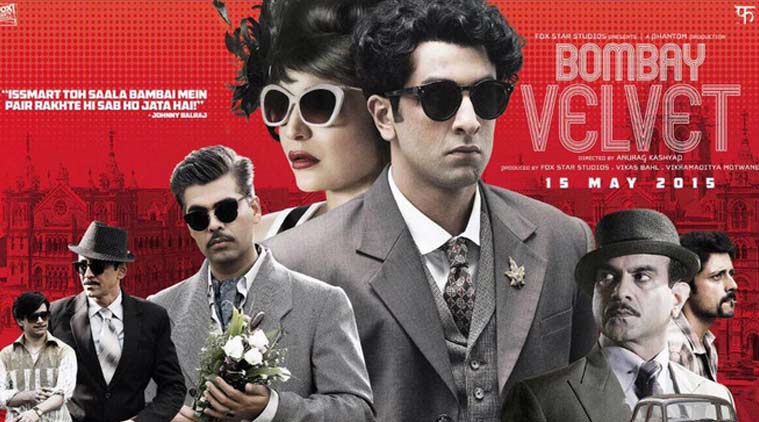
What was your initial take on the movie “Bombay Velvet” ? With deliberate endeavor to put you on the spot; ‘Mumbai Fables’ or ‘Bombay Velvet’?
I love the film. I think it did what it was supposed to do, that is, tell the story of how Bombay became Bombay by selling dreams to the people while ruthlessly crushing those who came in the way. Johnny Balraj was one such person who thought that he could climb the ladder, notwithstanding his poor origins. He was dreaming, punching way above his class and thinking that he could succeed.
But Khambatta and Romi Mehta taught him a lesson. Obviously, this was a complex process that involved a host of characters, and the story had many layers, which I think the film portrayed very well. For whatever reason, the critics gave it a mixed review. I do think that decades of Hindi cinema have trained the senses of reviewers so that they expect a certain kind of story telling.
I read several reviews that said that the plot was too complex, that there were too many subplots. Now, I can understand a critique that the plots and subplots are not well integrated, but to say that there are too many is to say that the audience cannot and should not be expected to connect the dots, that everything should be laid out for them. I say this not just based on my reading of their reviews of Bombay Velvet but also their reviews and ratings of other recent films. So, I maintain that Bombay Velvet is a keeper, and I completely stand by the film. Consider the usual fare from Bollywood, which do well at the box office.
Bombay Velvet tried to do something different. It wasn’t like Anurag’s films GOW, which had a certain rawness, nor was it the usual star-driven romance, which made it difficult for people to classify and place the film.
It is a film that employs cinematic craft drawn from world cinema and uses stars to tell a non-mainstream story about Bombay. Years from now, when the social media negativity has died down, and the conversation is not about box office returns, I am convinced that people will see the film in the way that it deserves. As for choosing between Bombay Velvet and Mumbai Fables, this is a false choice. A film is not a book. I stand by both with equal conviction.
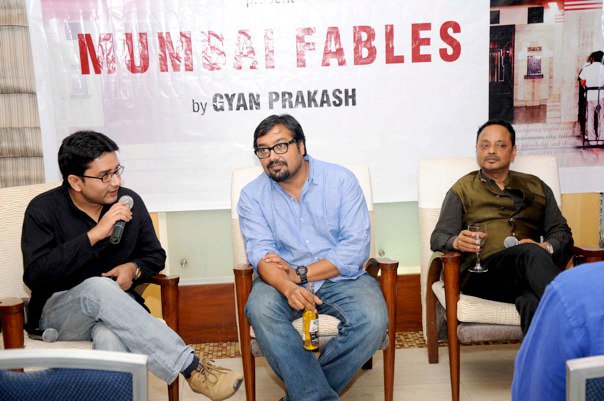
How stern or noninterventionist is Anurag Kashyap as the Captain of the Ship on sets? We would love to hear some of your experiences with him.
Anurag is completely involved and yet remarkably non-authoritarian. On the set, he was totally preoccupied with the details. For example, he would tell Rajeev what he wanted but then let him execute it in his own way. He would tell the actors what he wanted, letting them interpret his instructions. He is superb as a team leader. Everyone on the set hung on every word he uttered. When he sneezed, everyone noticed. He commanded attention not because he demanded it but because there was all around affection for him. On the set, he was the star, not the stars!
When are we going to see your name again on cinema-screen, as the writing force of a film.
I wrote the original story for Bombay Velvet and co-wrote the script because it grew out of my research for Mumbai Fables. So, if something like that happens again, I would do the same. But I love my day job as a historian at Princeton! I would not leave that to become a full-time scriptwriter.

